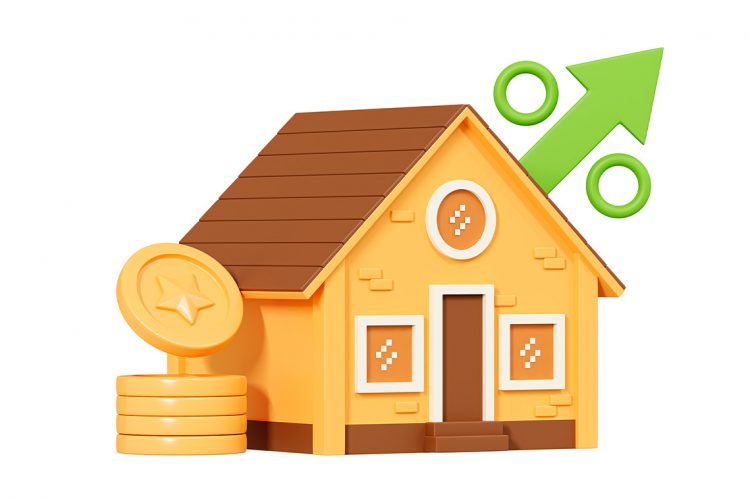The 30-year fixed-rate mortgage (FRM) averaged 6.96% this week, up from 6.81% last week, according to the latest results of the Primary Mortgage Market Survey® (PMMS®) from Freddie Mac released Thursday.
This week’s numbers
- 30-year fixed-rate mortgage averaged 6.96% as of July 13, 2023, up from last week when it averaged 6.81%. A year ago at this time, the 30-year FRM averaged 5.51%.
- 15-year fixed-rate mortgage averaged 6.30%, up from last week when it averaged 6.24%. A year ago at this time, the 15-year FRM averaged 4.67%.
What the experts are saying:
“Mortgage rates increased to their highest level since November 2022, the last time rates broke seven percent,” said Sam Khater, Freddie Mac’s chief economist. “Incoming data suggest that inflation is softening, falling to its lowest annual rate in more than two years. However, increases in housing costs, which account for a large share of inflation, remain stubbornly high, mainly due to low inventory relative to demand.”
Realtor.com economist, Jiayi Xu, commented:
“The Freddie Mac fixed rate for a 30-year mortgage continued to rise for a third week in a row, increasing by 0.15 percentage points to 6.96% this week. Meanwhile, the headline inflation rate continued to cool in June, rising 0.2% from May and up 3.0% from a year ago, the smallest annual increase since March 2021. The core inflation rate, excluding volatile food and energy prices, slid to 4.8%, registering the slowest annual growth since October 2021. More importantly, the 0.2% monthly increase in core inflation aligns with a 1.9% annual rate of change if sustained, the lowest since February 2021. Looking ahead, we may continue to expect the inflation slowdown as the growth in the shelter index, the largest contributor to inflation growth, passed its peak in April and has since been on a downward trend.
“While the improvement in inflation is encouraging, the level itself is still well above the 2% target. In addition, the strong job market will continue to drive demand in the economy, fuel price increases and contribute to higher inflation. As a result, it is still highly likely that an additional rate hike will occur later in July. Nevertheless, today’s encouraging inflation data could be used as a basis for another “wait-and-see” approach in the upcoming FOMC meeting, which may help reverse the recent rise in mortgage rates. This, in turn, would create a more favorable environment for those looking to purchase a home in the coming fall season.
“The strong labor market data indicates that households continue to be in a good economic position and can approach various purchases, including housing, with some confidence. Nevertheless, elevated mortgage rates and still-high housing prices continue to present significant challenges for home buyers, slowing home purchases and putting pressures on home and rental prices. While both buyers and sellers have pulled back their activities from the pandemic-era frenzy, buyers have adapted more quickly to the higher mortgage rate environment as we started to see a declining number of homes for sale on a yearly basis starting in late June. Looking ahead, we expect the existing home for-sale inventory will experience a modest drop of 5% for the year as a whole. Fortunately for buyers, new homes remain an option, as builders are continuing to add homes with a somewhat greater focus on affordable price points.”












